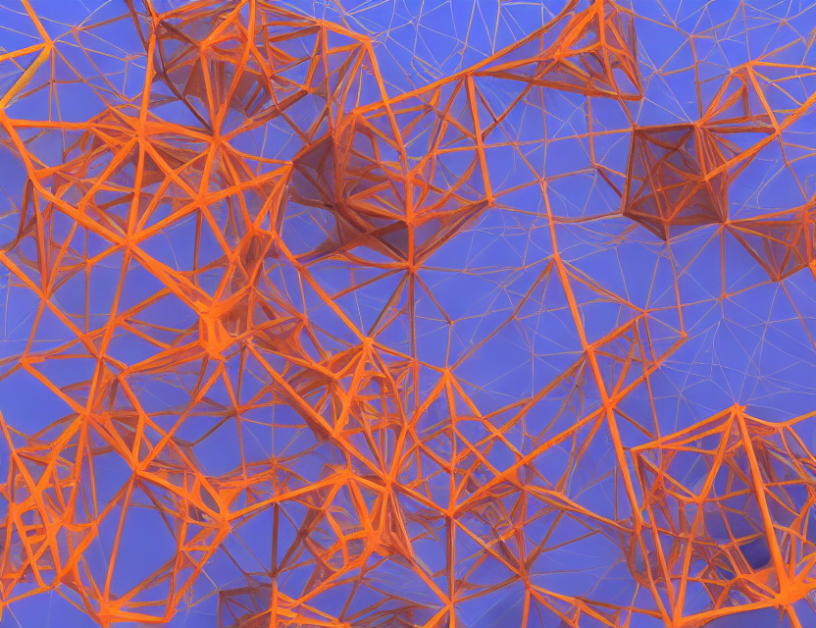In this paper, researchers aim to make deep neural networks more transparent by developing attention mechanisms that can visualize how they process visual information. These mechanisms help us understand which parts of an image a neural network is focusing on to produce its output. The authors propose three techniques for achieving interpretability: saliency maps, gradient-weighted class-activation maps, and latent space interpretations.
Saliency maps highlight the most important regions in an image that influence the network’s output. These maps are created by assigning a weight to each pixel based on how much the network "looks" at it. The weights are calculated using the gradient of the network’s output with respect to the input image. By visualizing these weights, we can see which parts of the image the network is paying attention to.
Gradient-weighted class-activation maps take this idea a step further by providing a more detailed understanding of how the network processes visual information. These maps show the gradient of the network’s output with respect to each class label in the image, allowing us to see which regions of the image are most important for each class.
Latent space interpretations involve representing images and their neural network representations in a lower-dimensional space called the latent space. This allows us to visualize the relationships between different parts of an image and how they are represented in the neural network. By analyzing these relationships, we can gain insight into how the network is learning to recognize objects and features within the image.
The authors demonstrate the effectiveness of their techniques using several examples, including visualizing the attention mechanisms of a state-of-the-art object detection model. They show how these mechanisms can help us understand which parts of an image are most important for detecting objects, and how they relate to the semantic meaning of those objects.
Overall, this paper provides a powerful toolkit for understanding how deep neural networks process visual information and make predictions. By providing a more interpretable understanding of these complex models, researchers can develop more accurate and reliable image analysis systems.
Computer Science, Machine Learning
Exploring the Power of Dimensionality Reduction: A Review of Techniques and Applications



